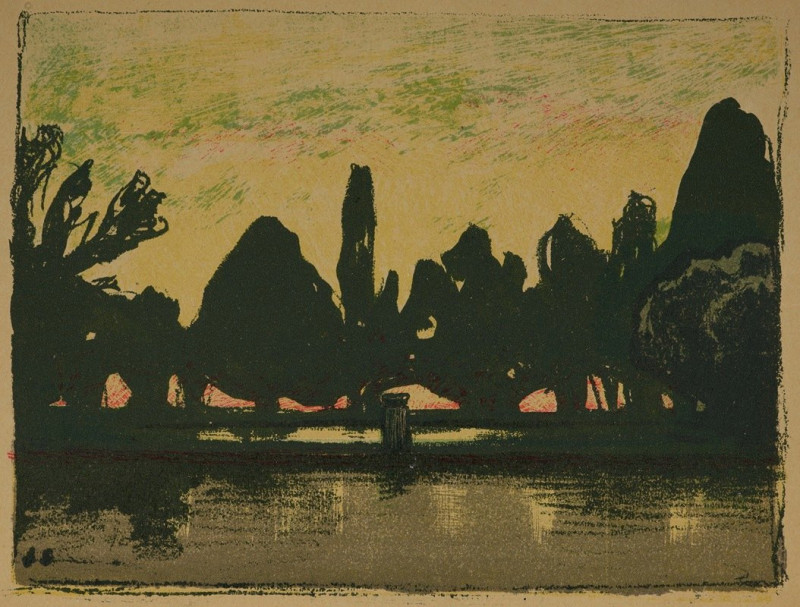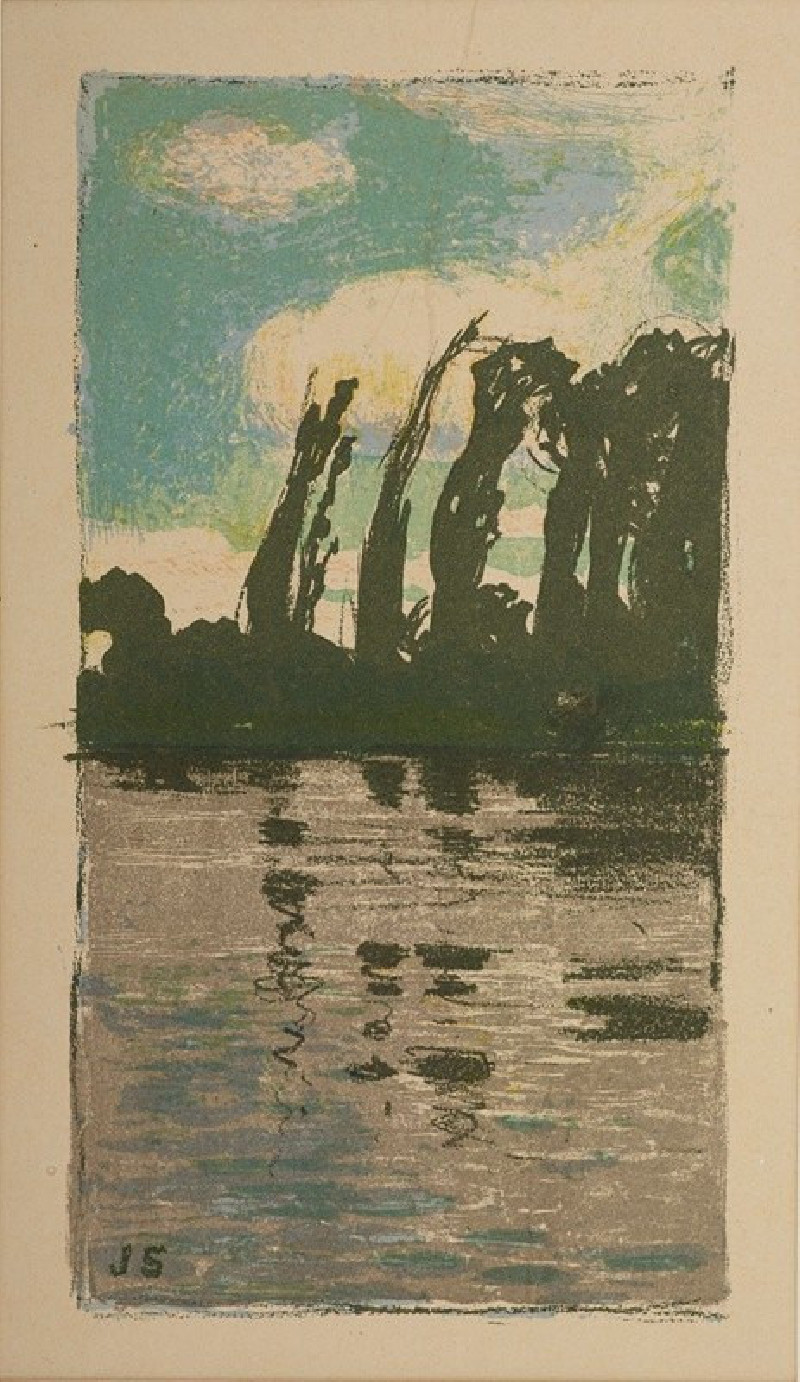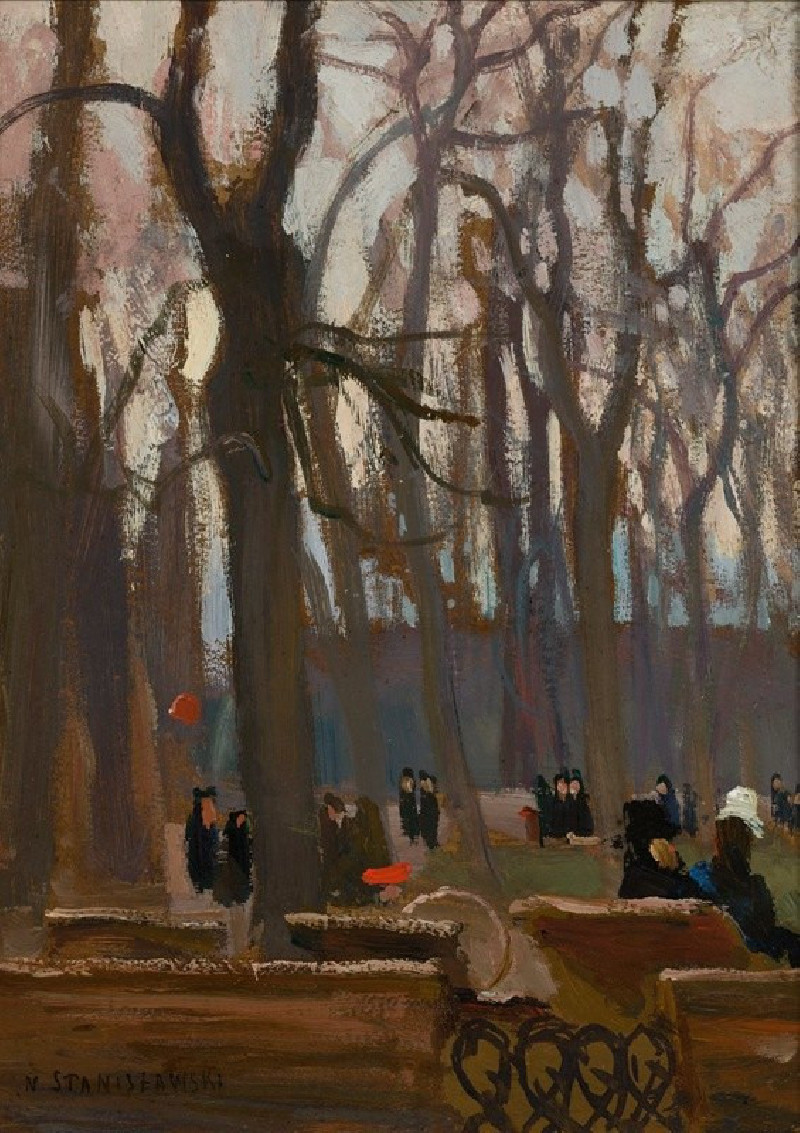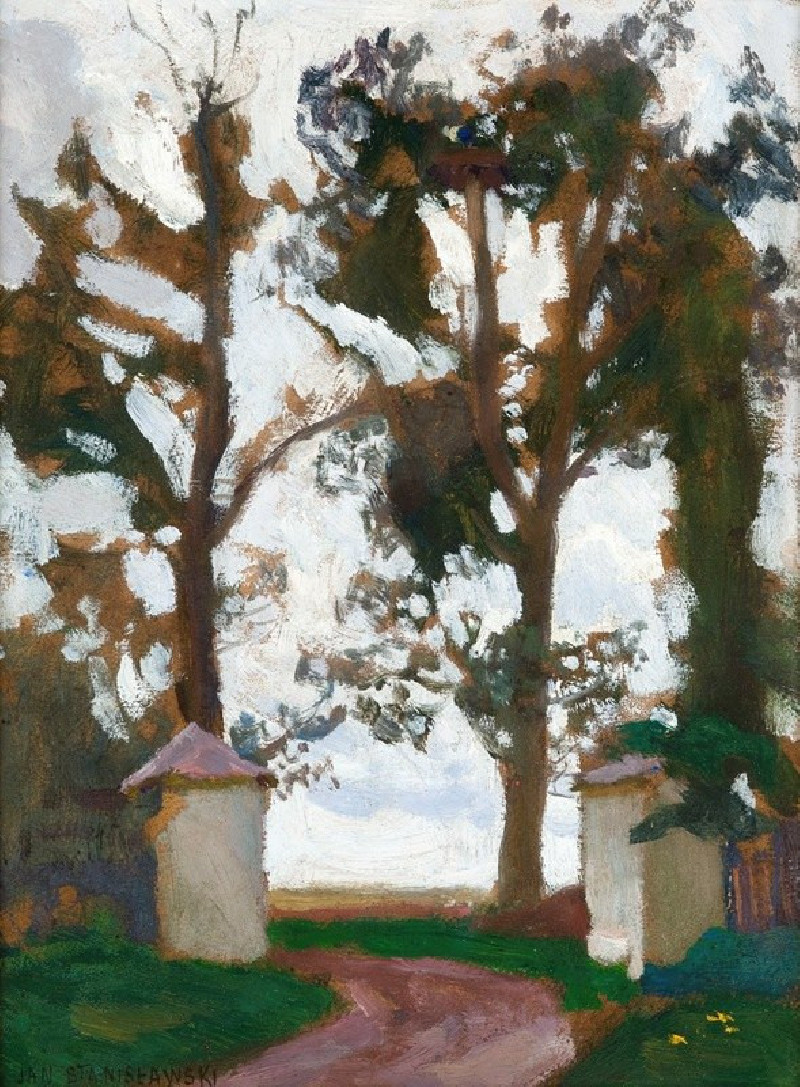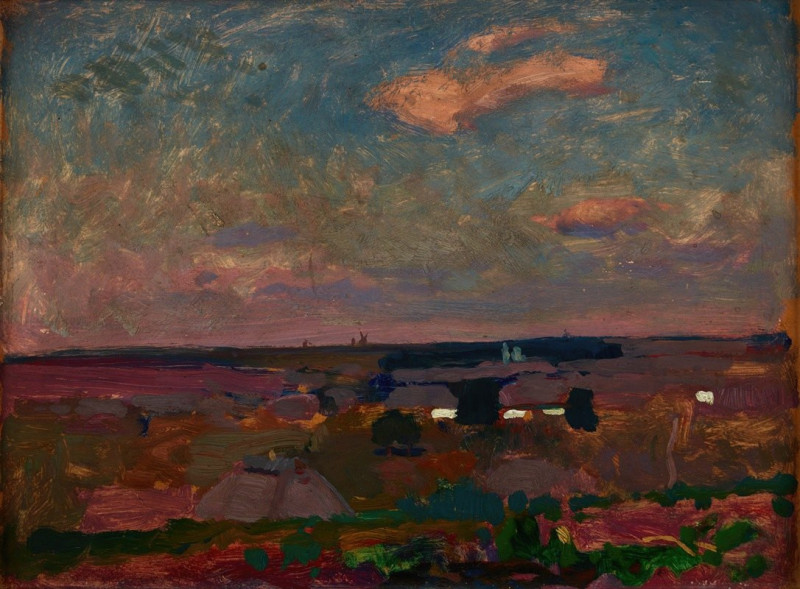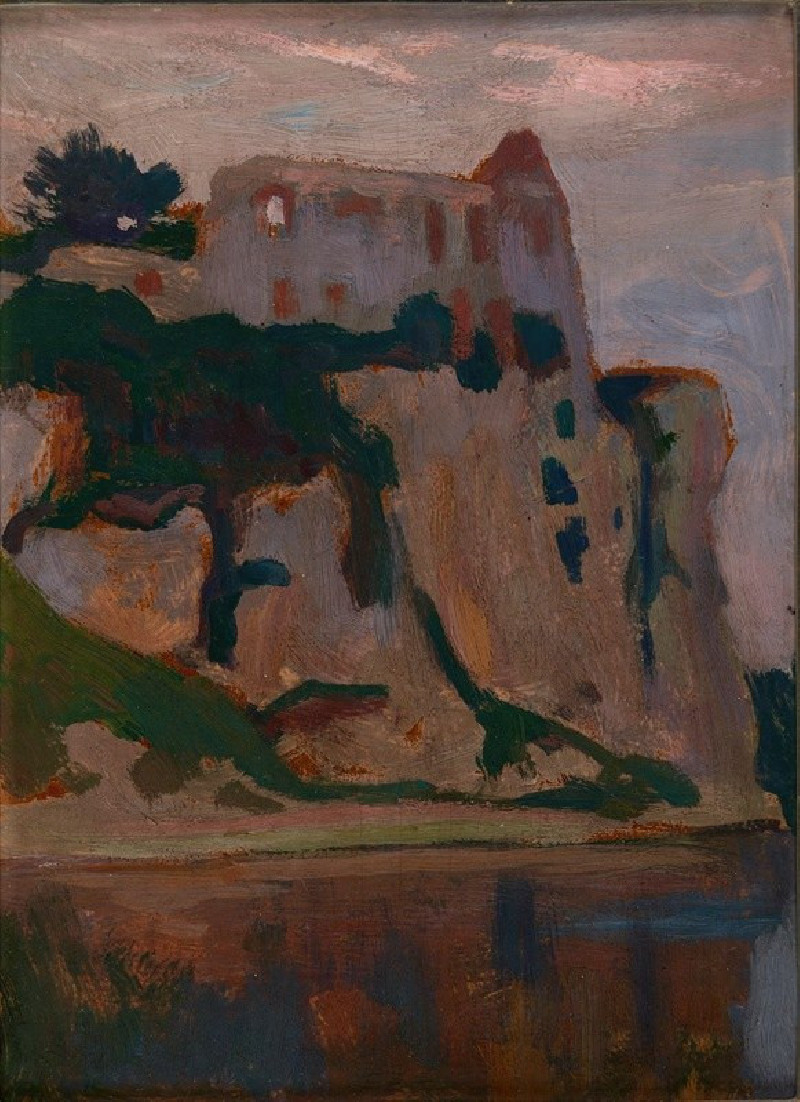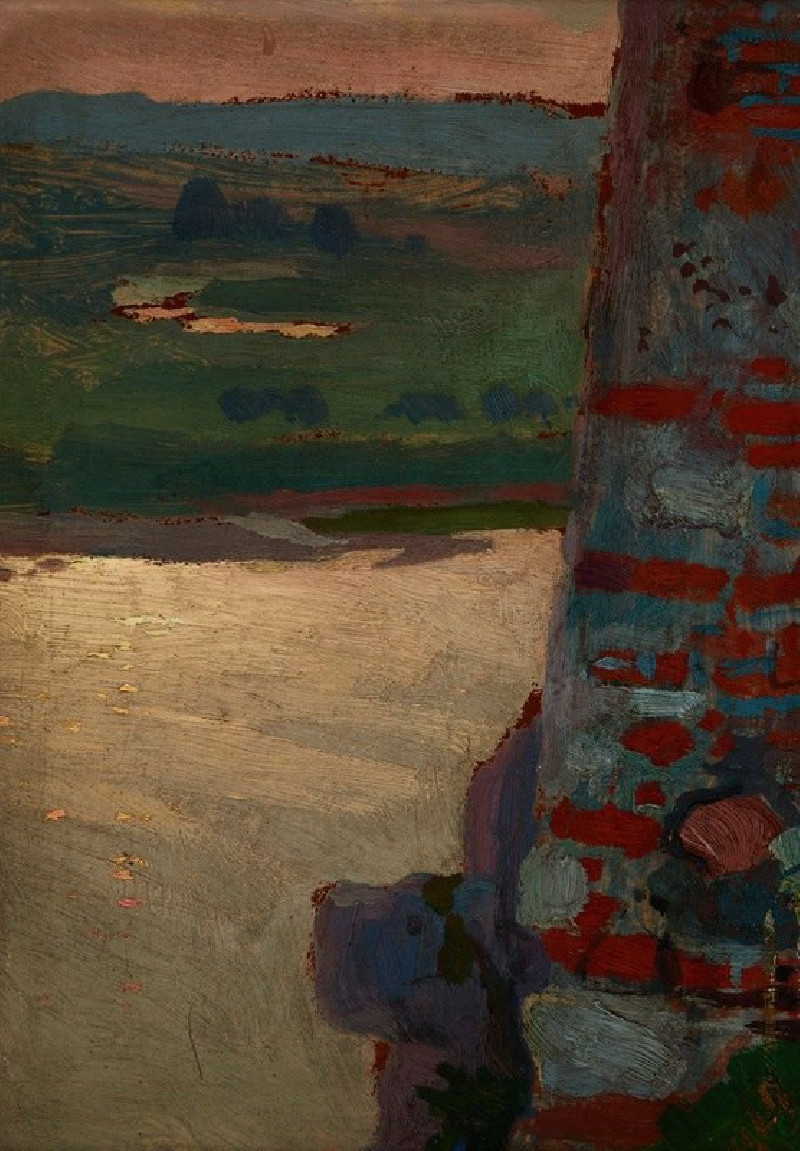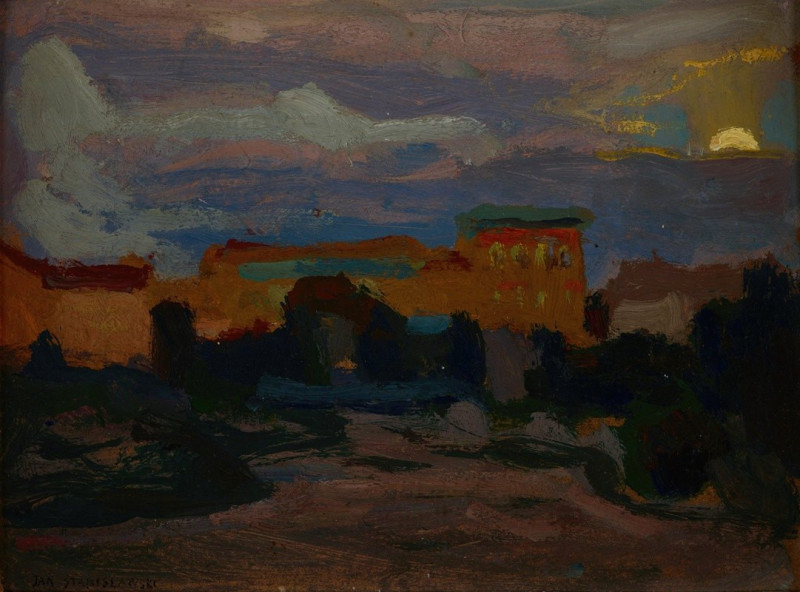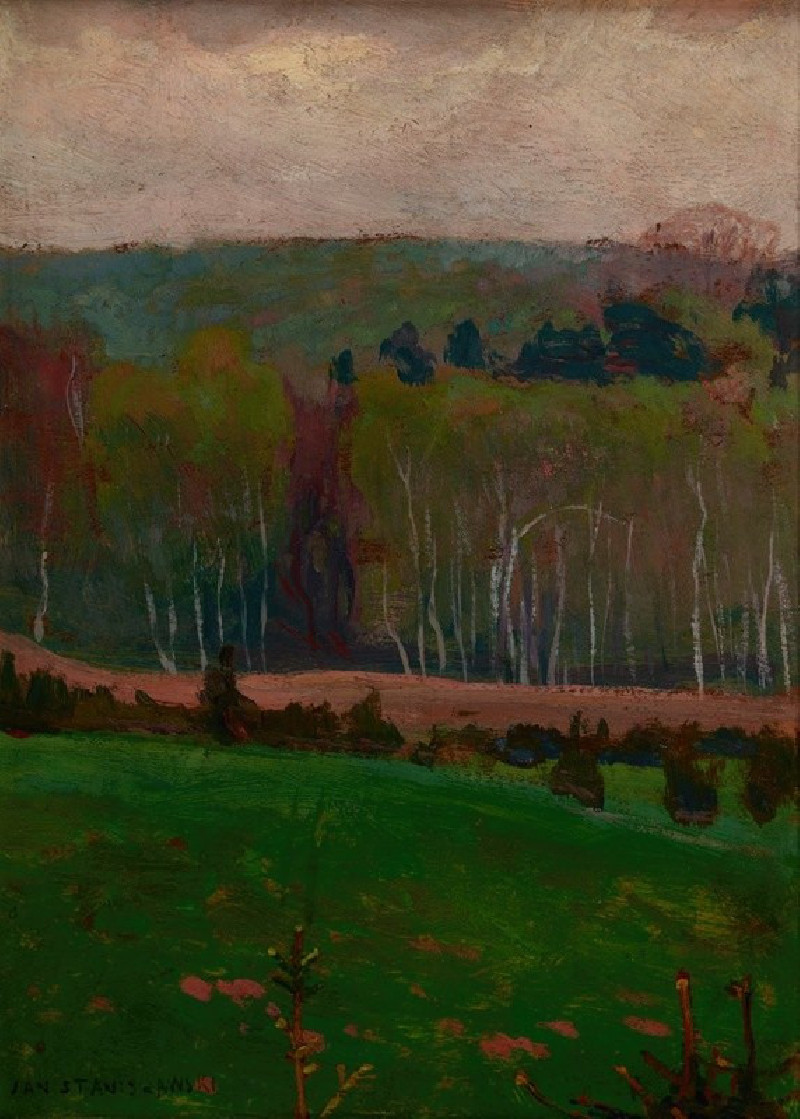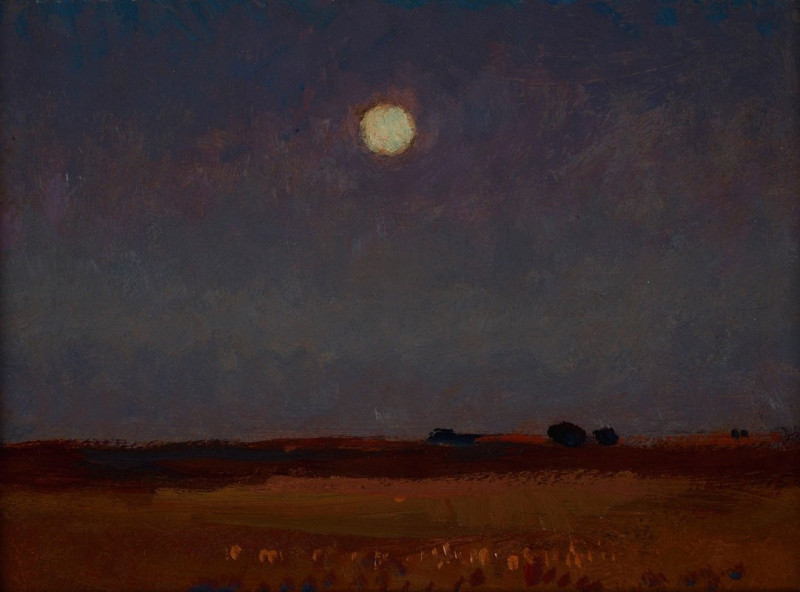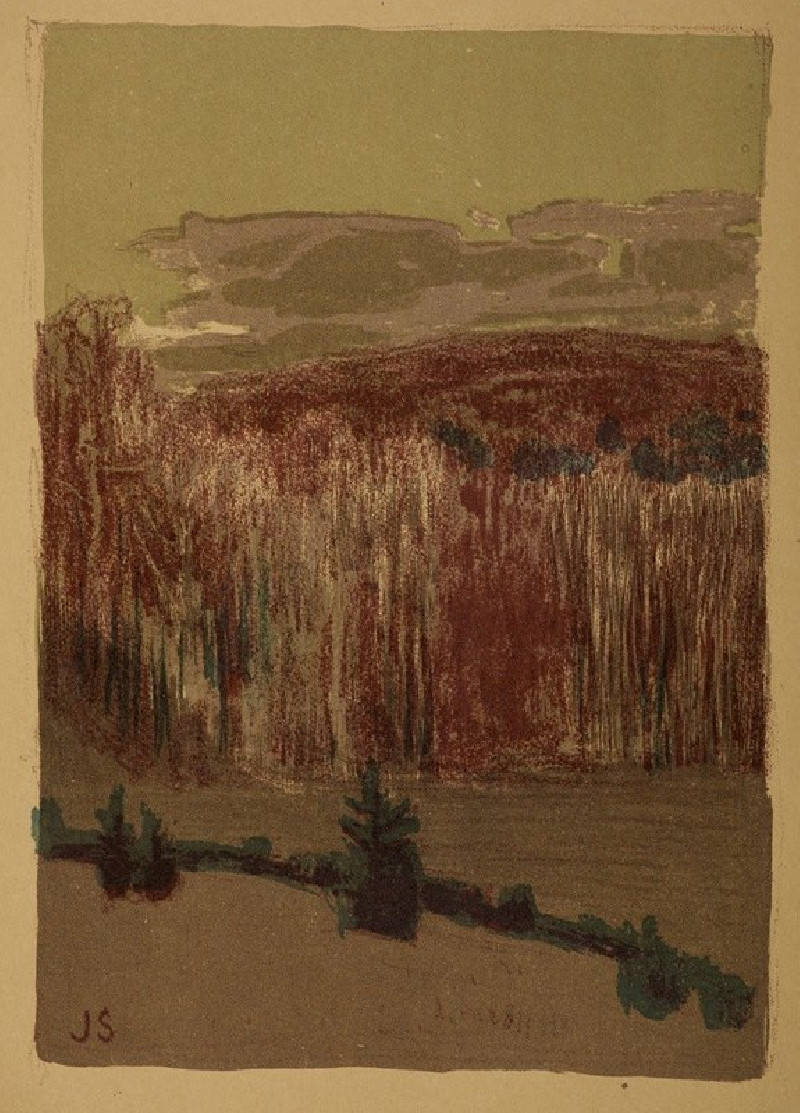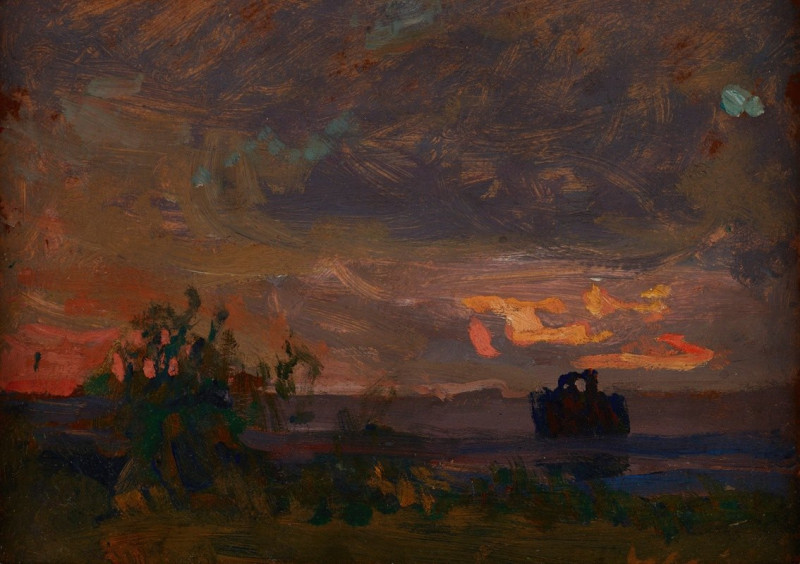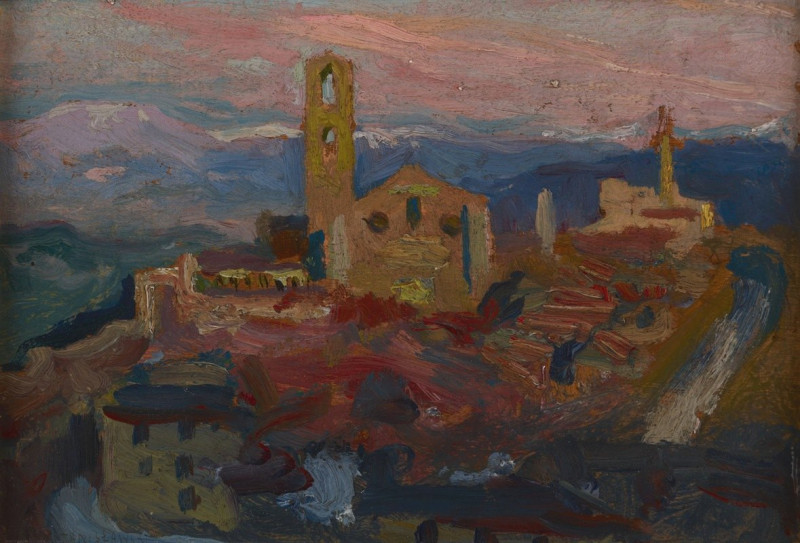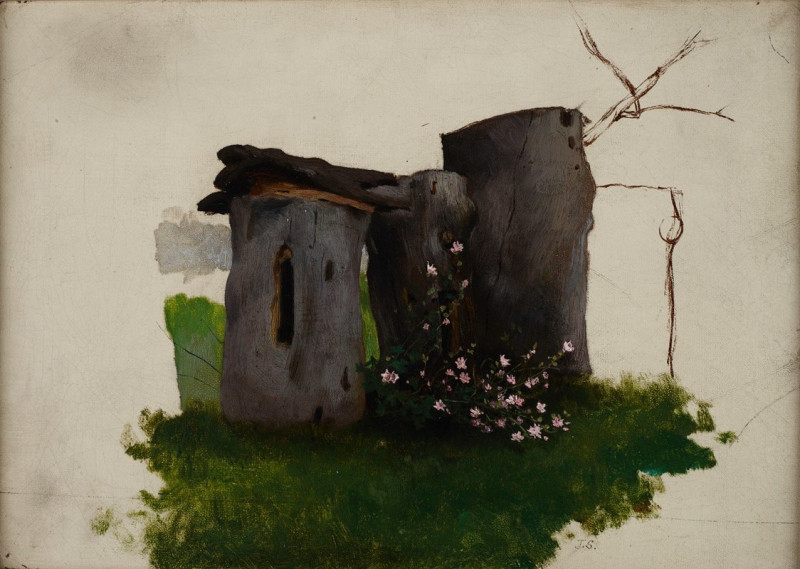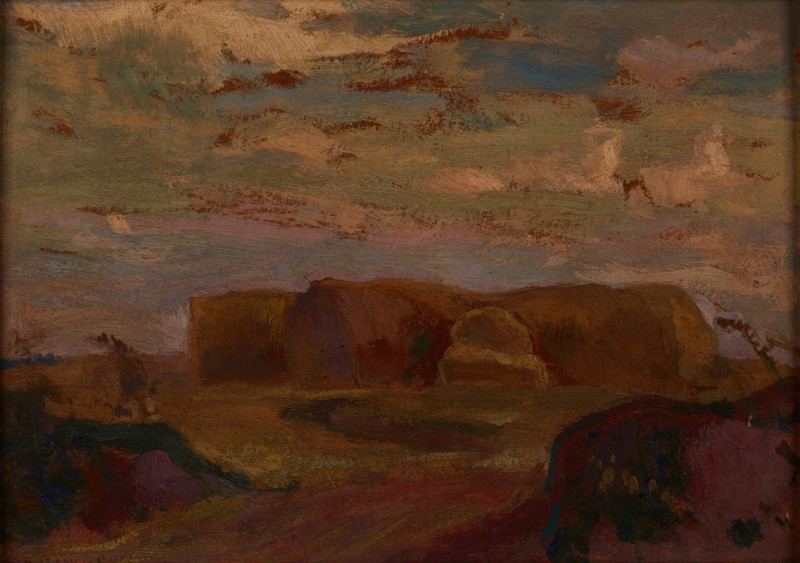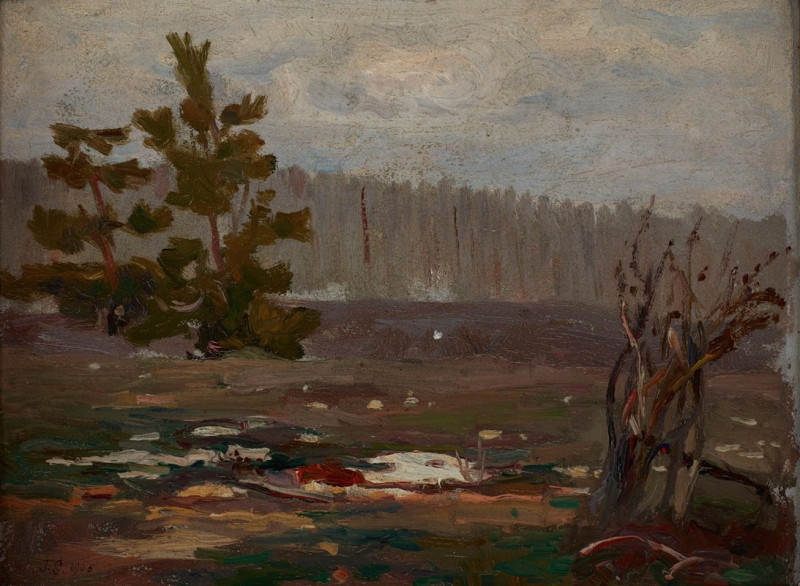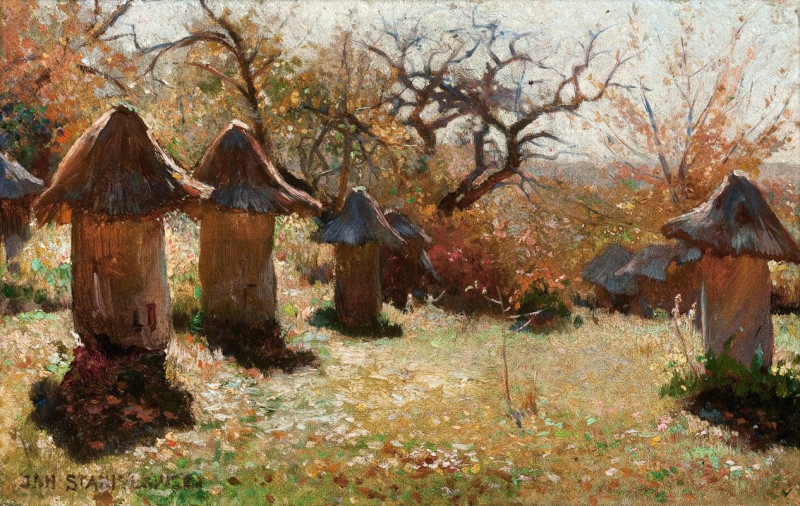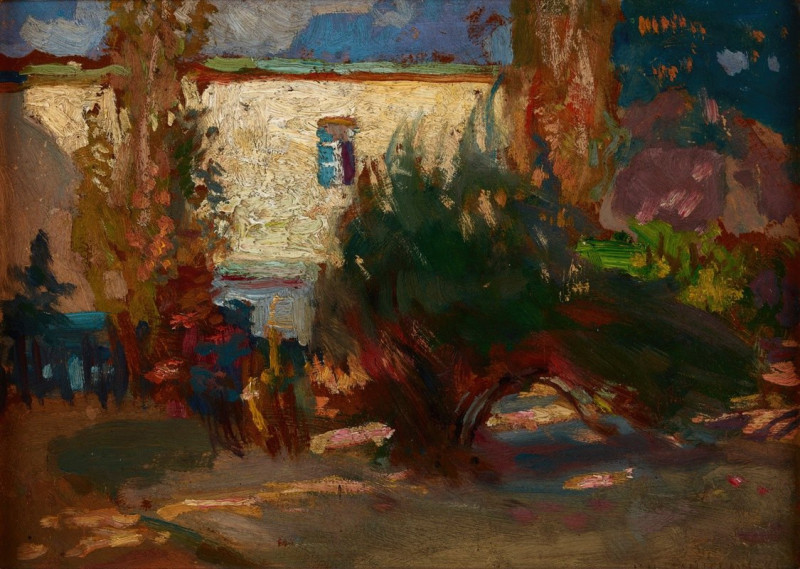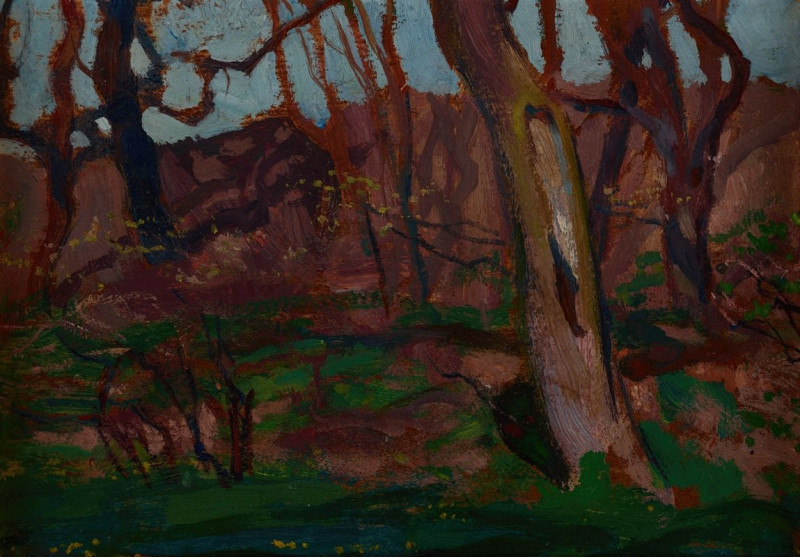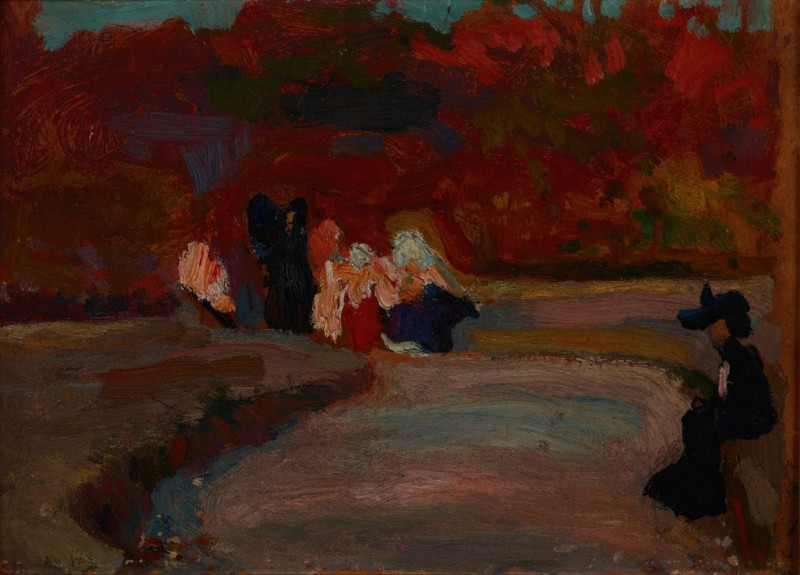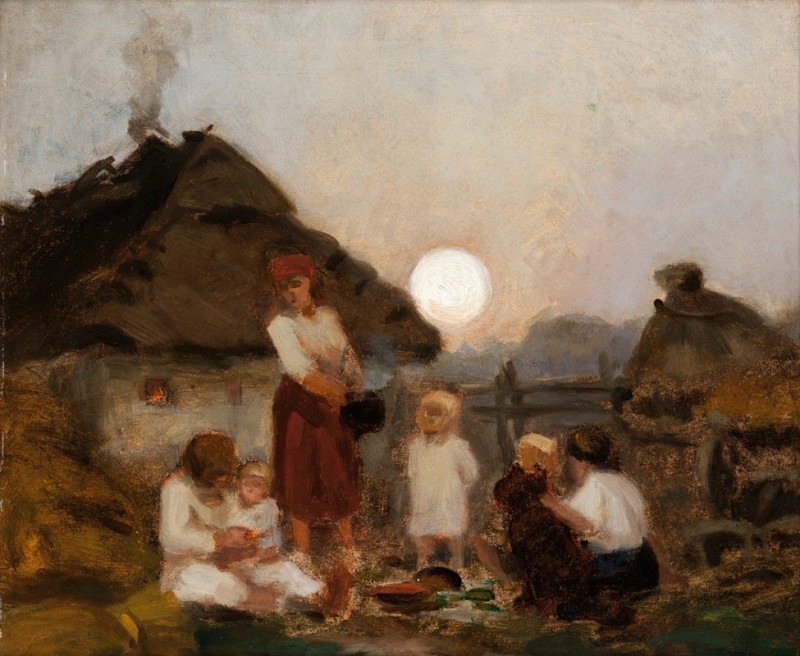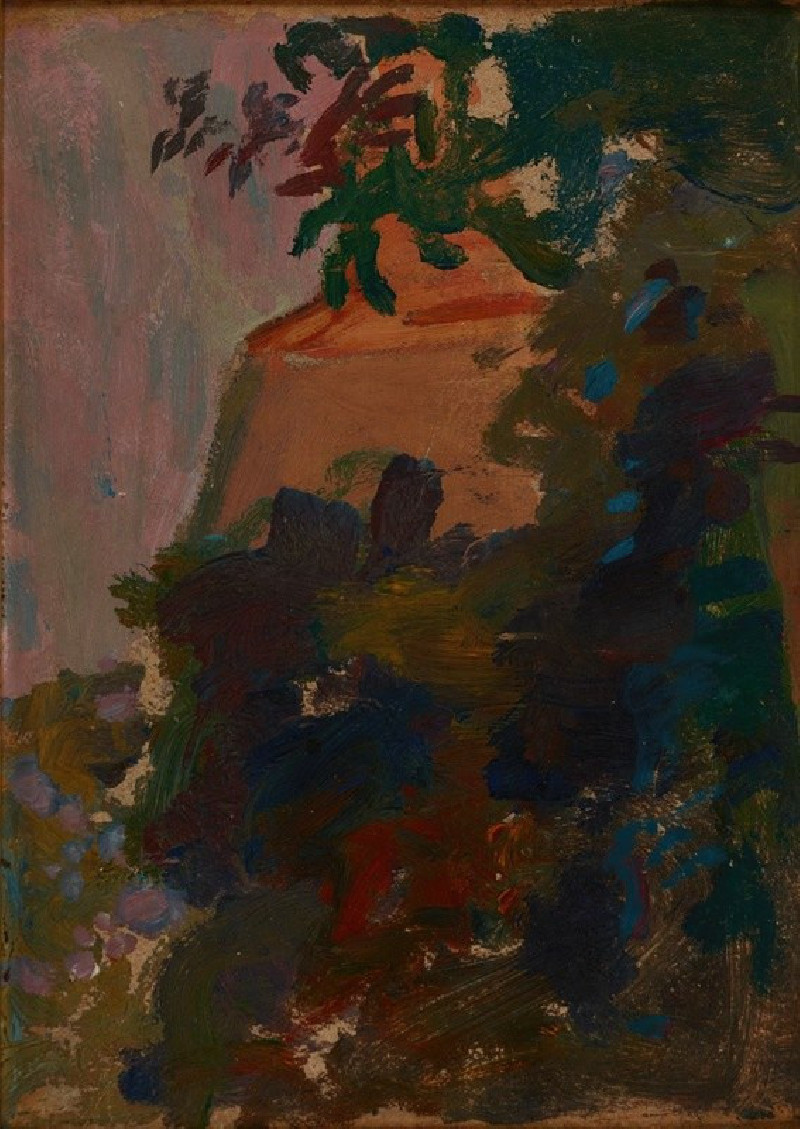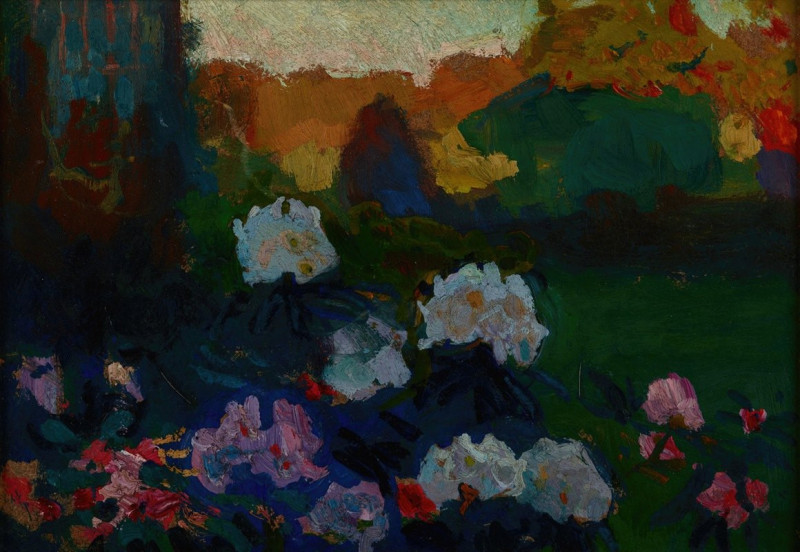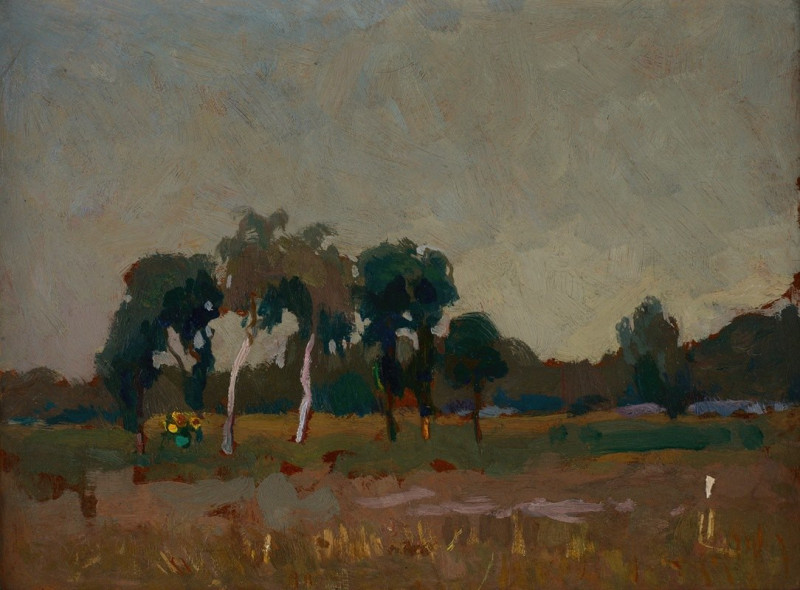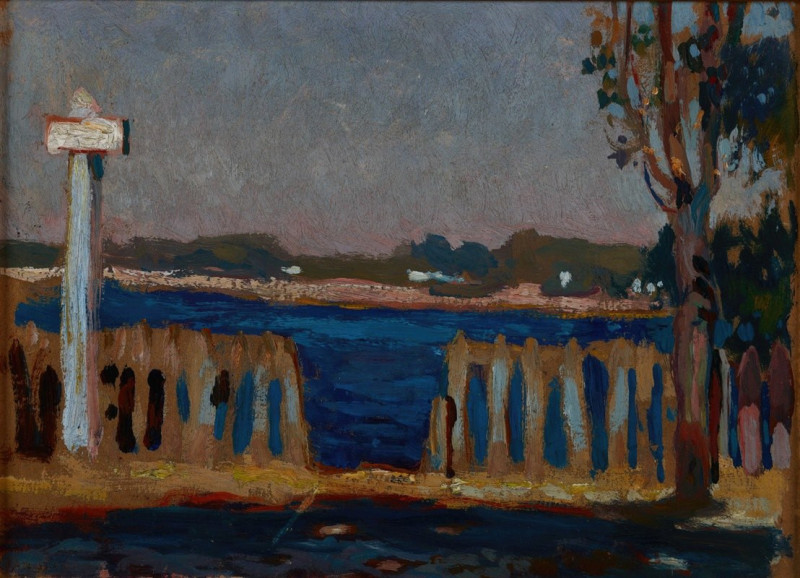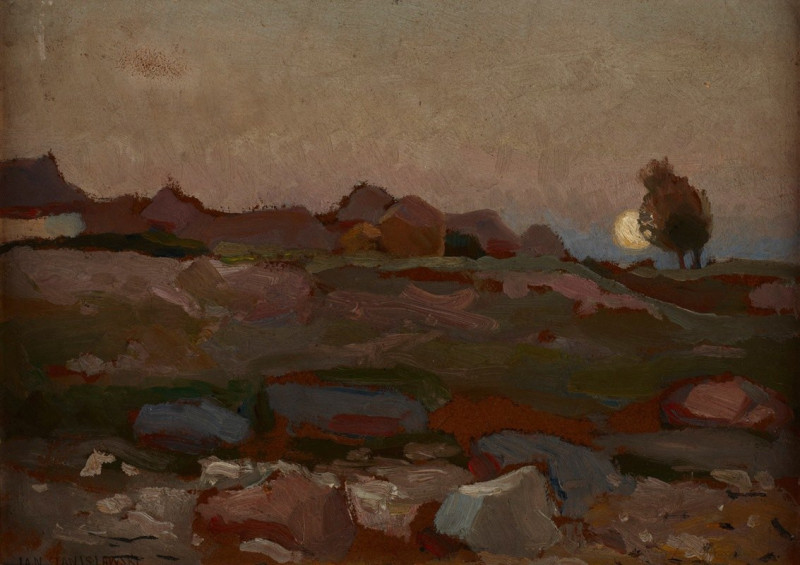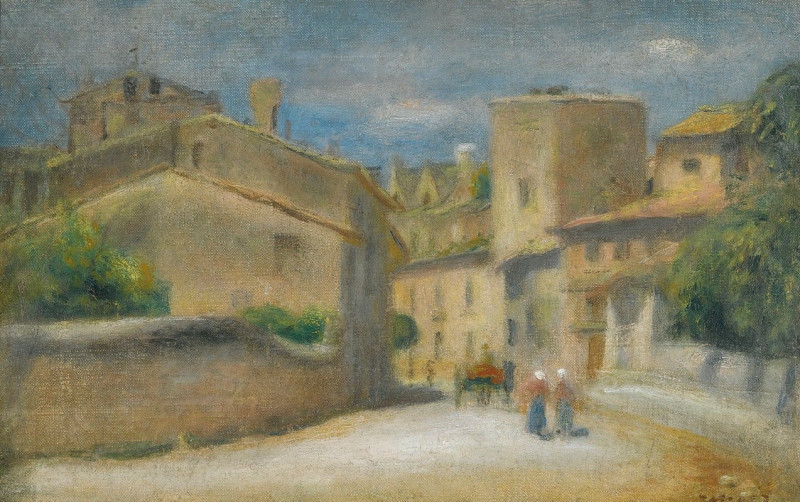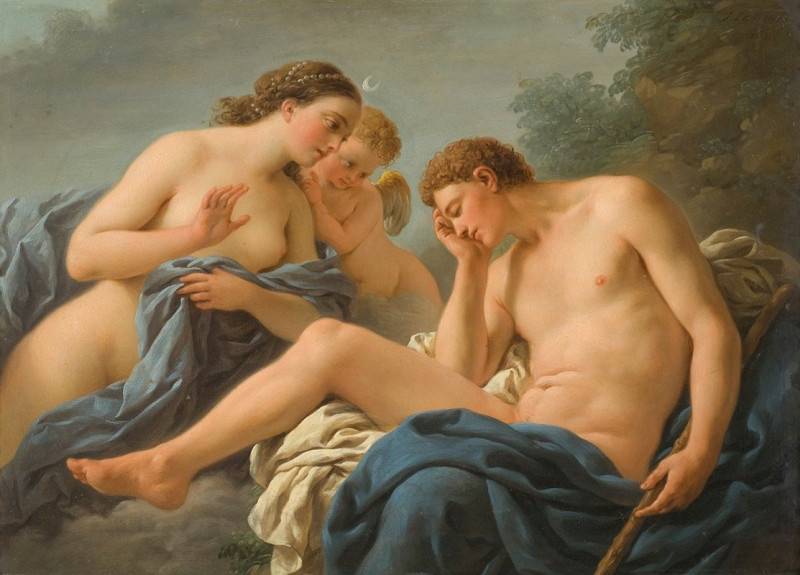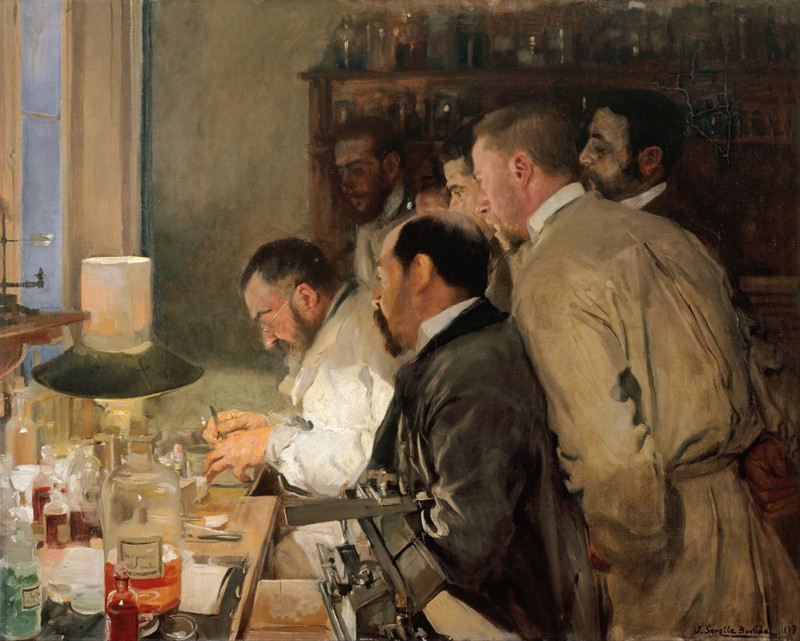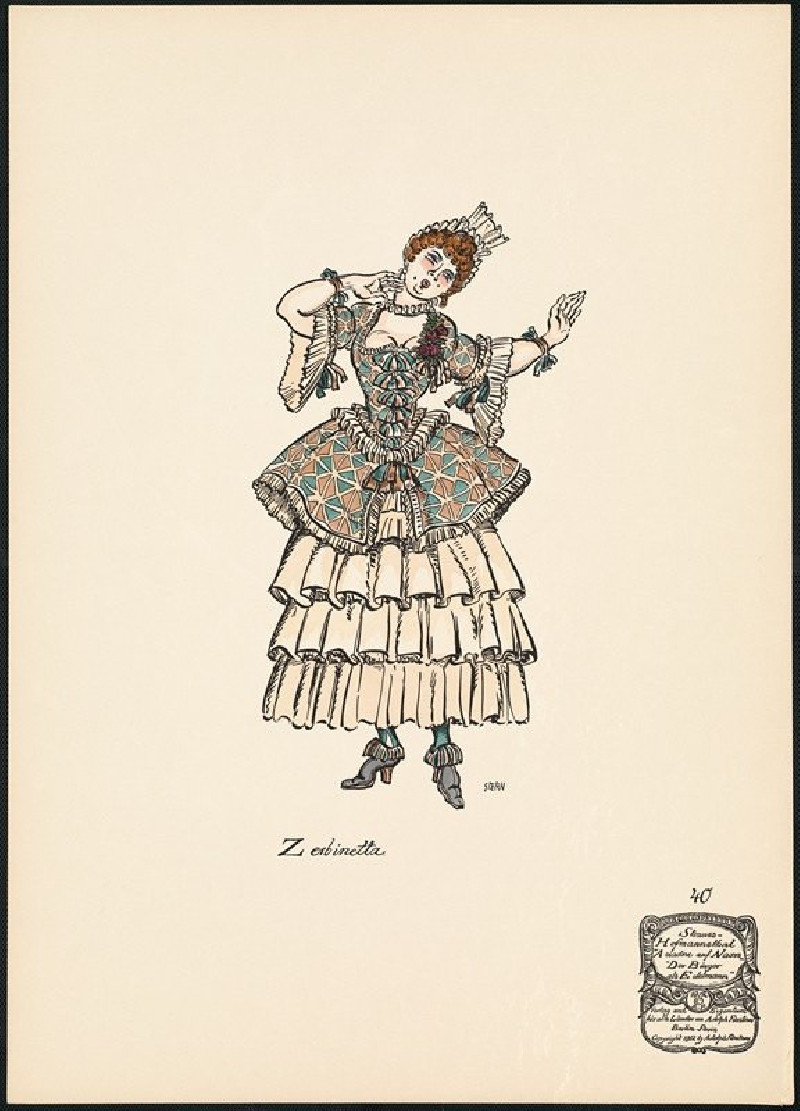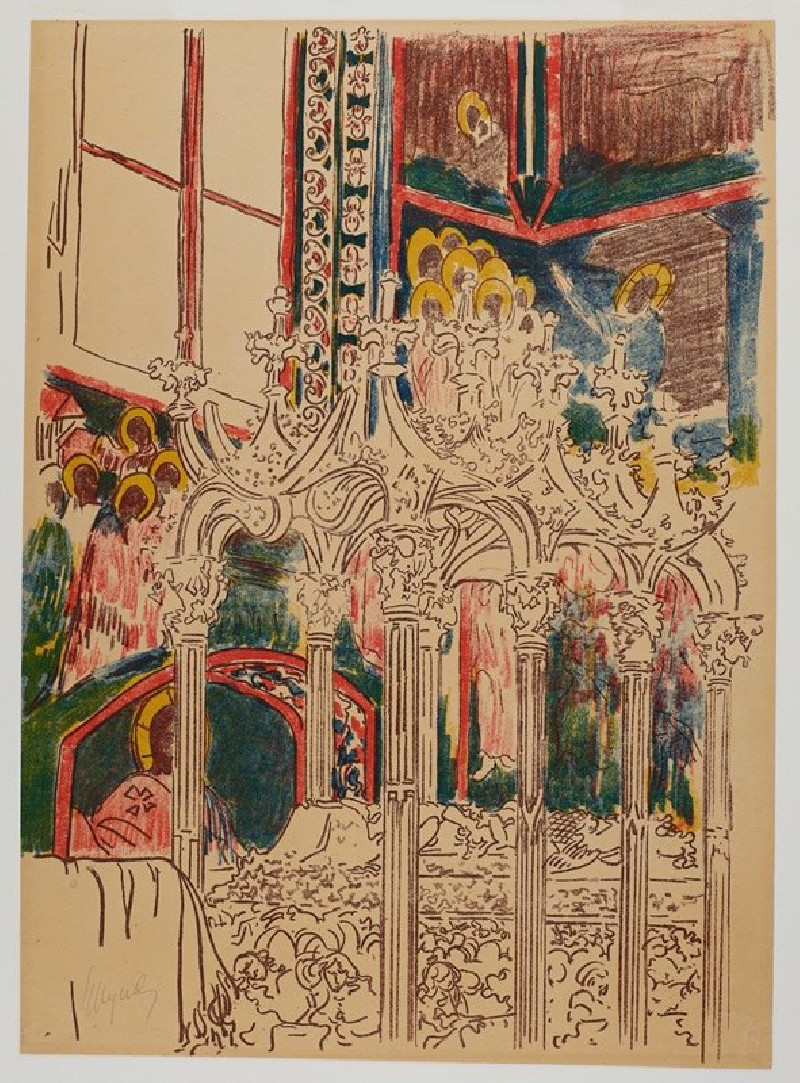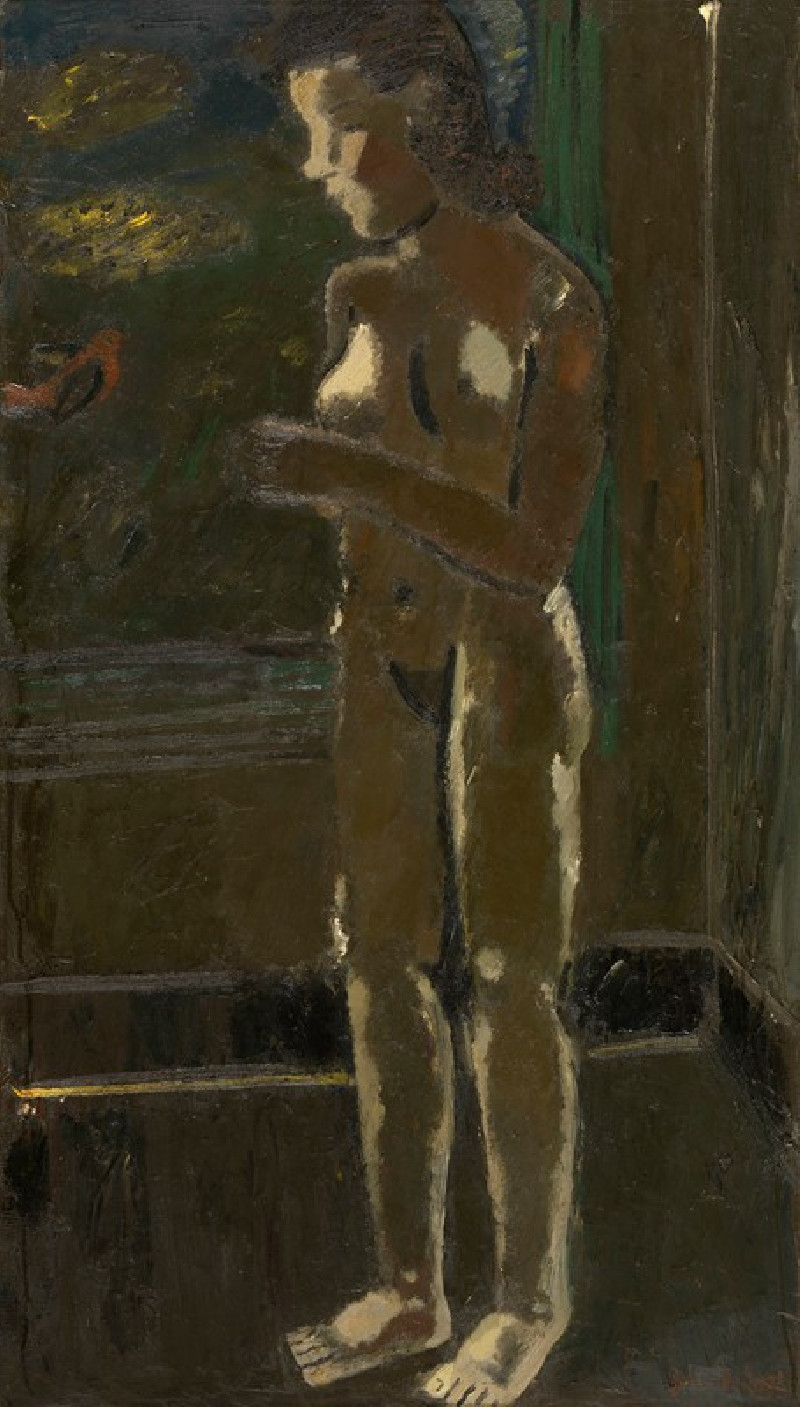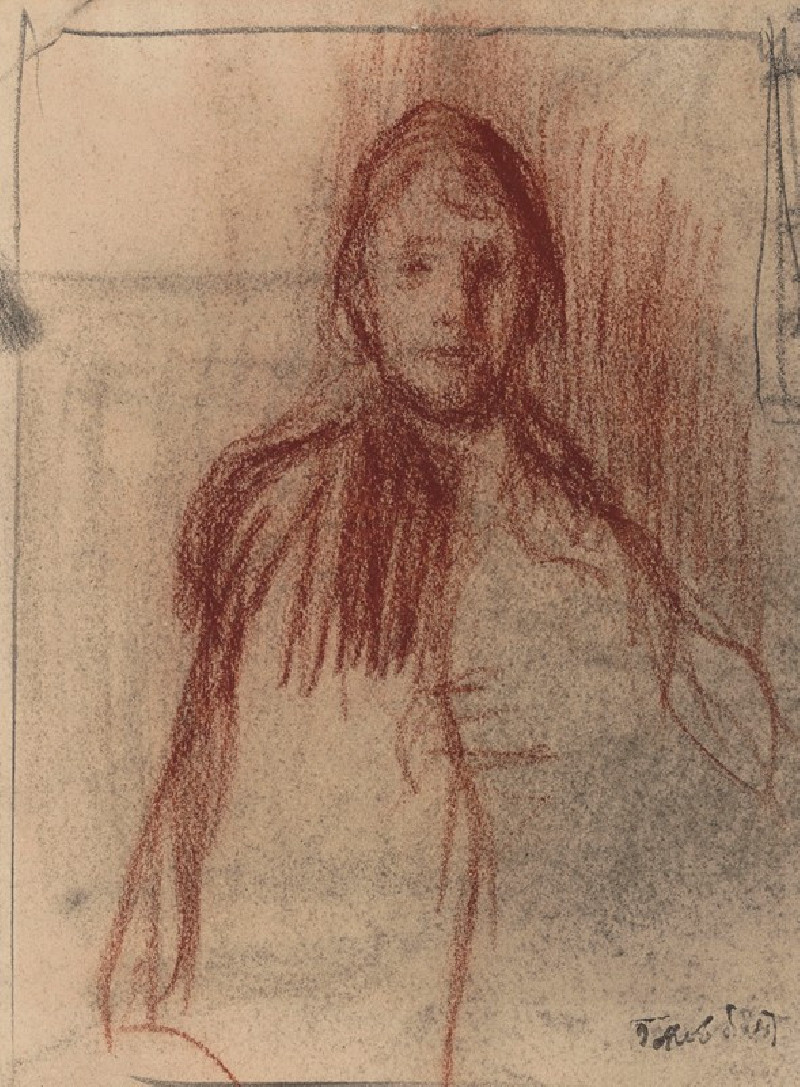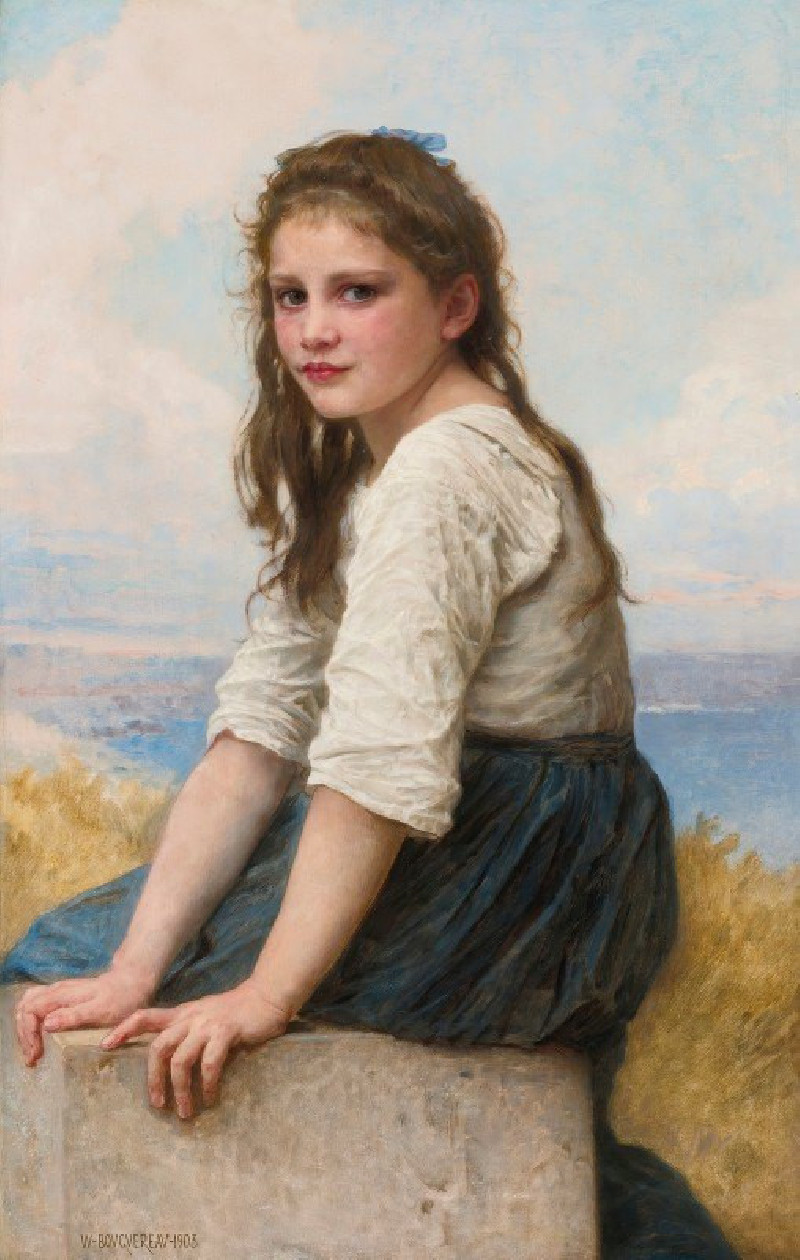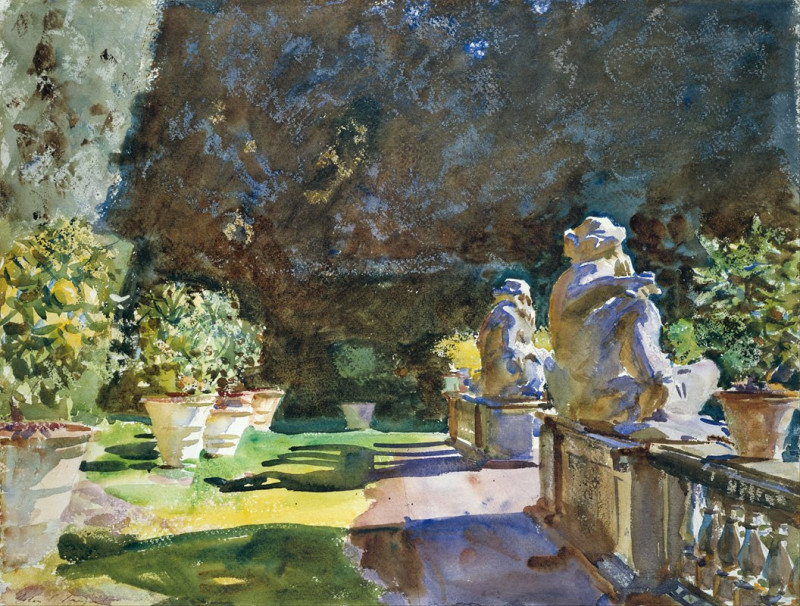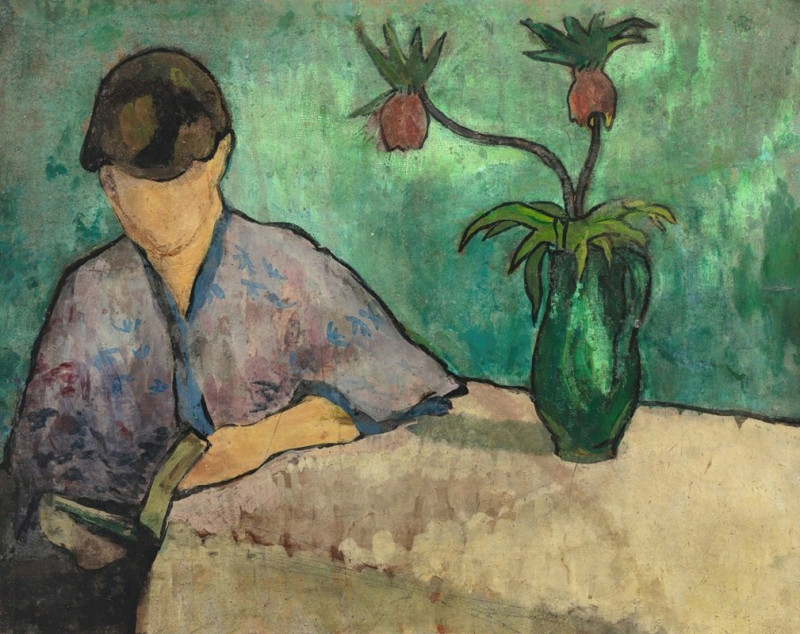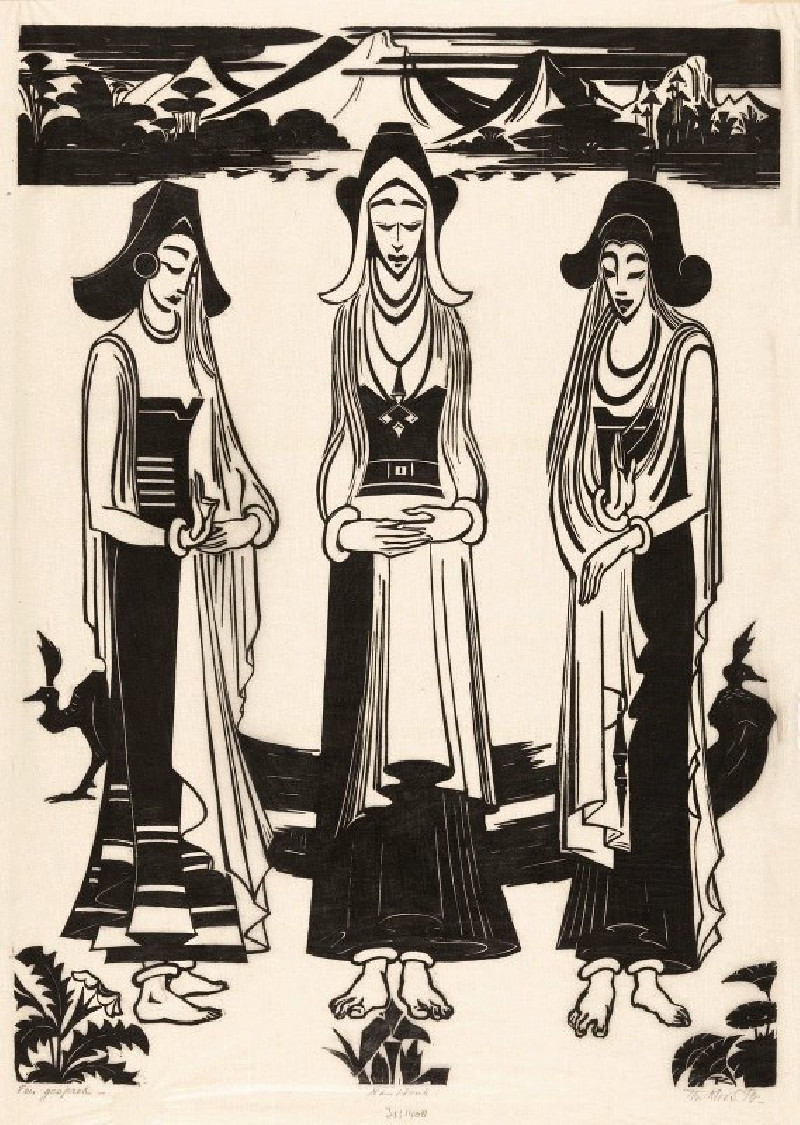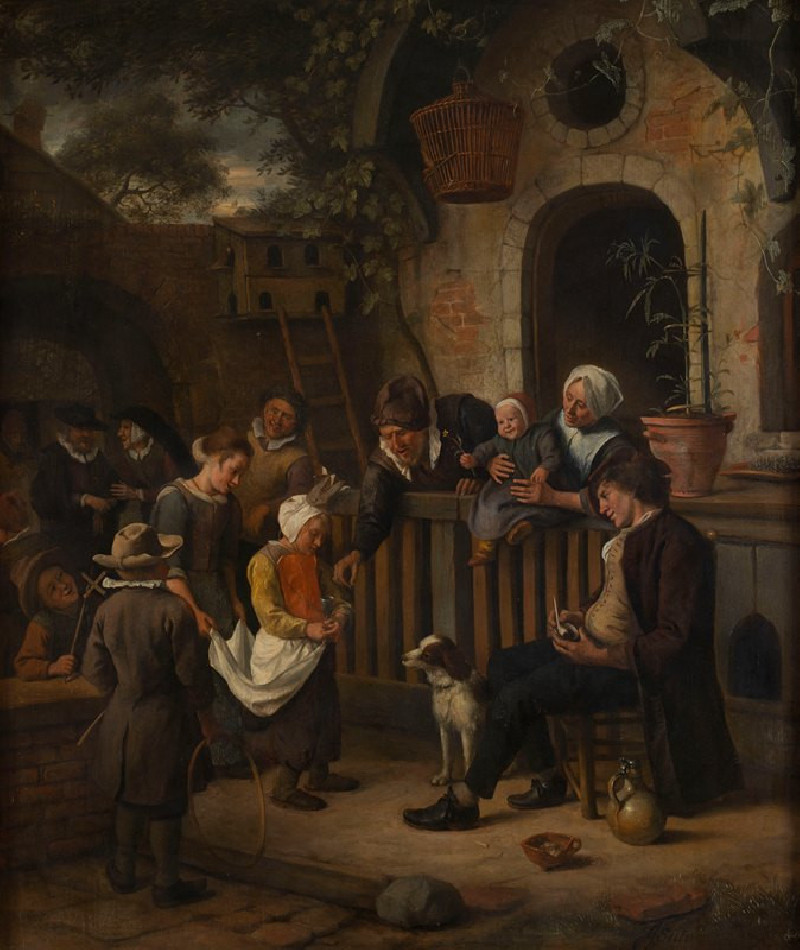Thicket (1905)
Technique: Giclée quality print
Recommended by our customers
More about this artwork
Jan Stanislawski’s "Thicket," painted in 1905, is a captivating example of his unique approach to landscape painting. This piece reflects his interest in capturing the essence of nature through an emotive interplay of color and light.The painting portrays an atmospheric scene of a dense thicket at sunset. The foreground is a rich tapestry of earthy tones and subtle hints of vibrant colors, suggesting wildflowers and foliage. The dynamic brushwork gives life to the undergrowth, creating a sense of depth and texture. As your eyes move towards the center, darker greens and blues emerge, depicting the denser parts of the thicket. These darker tones juxtapose strikingly against the muted sky, suffused with gentle oranges and creams - likely indicating the quiet descent of dusk.Stanislawski’s "Thicket" is not just a visual representation but an emotional experience; the tranquility of the scene is almost palpable. This landscape invites viewers to explore the intertwining layers of color and form, while contemplating the serene isolation of nature.
Delivery
Reproductions are made to order and take 5 to 7 working days.
We send them out by courier and delivery takes another two working days.
If you need a reproduction sooner, please contact us - we can usually find a solution and produce it a little faster.
If you don't want to pay for postage, you can pick up your paintings at our galleries in Kaunas or Vilnius.
Returns
Yes, reproductions can be returned.
If you have any doubts more than 30 days after the date of purchase, please contact us - we will take the reproduction back for a refund or offer you a replacement!
We accept a maximum of two returns per customer - please note that we make reproductions to order, so please choose responsibly.
We do not refund shipping expenses.



